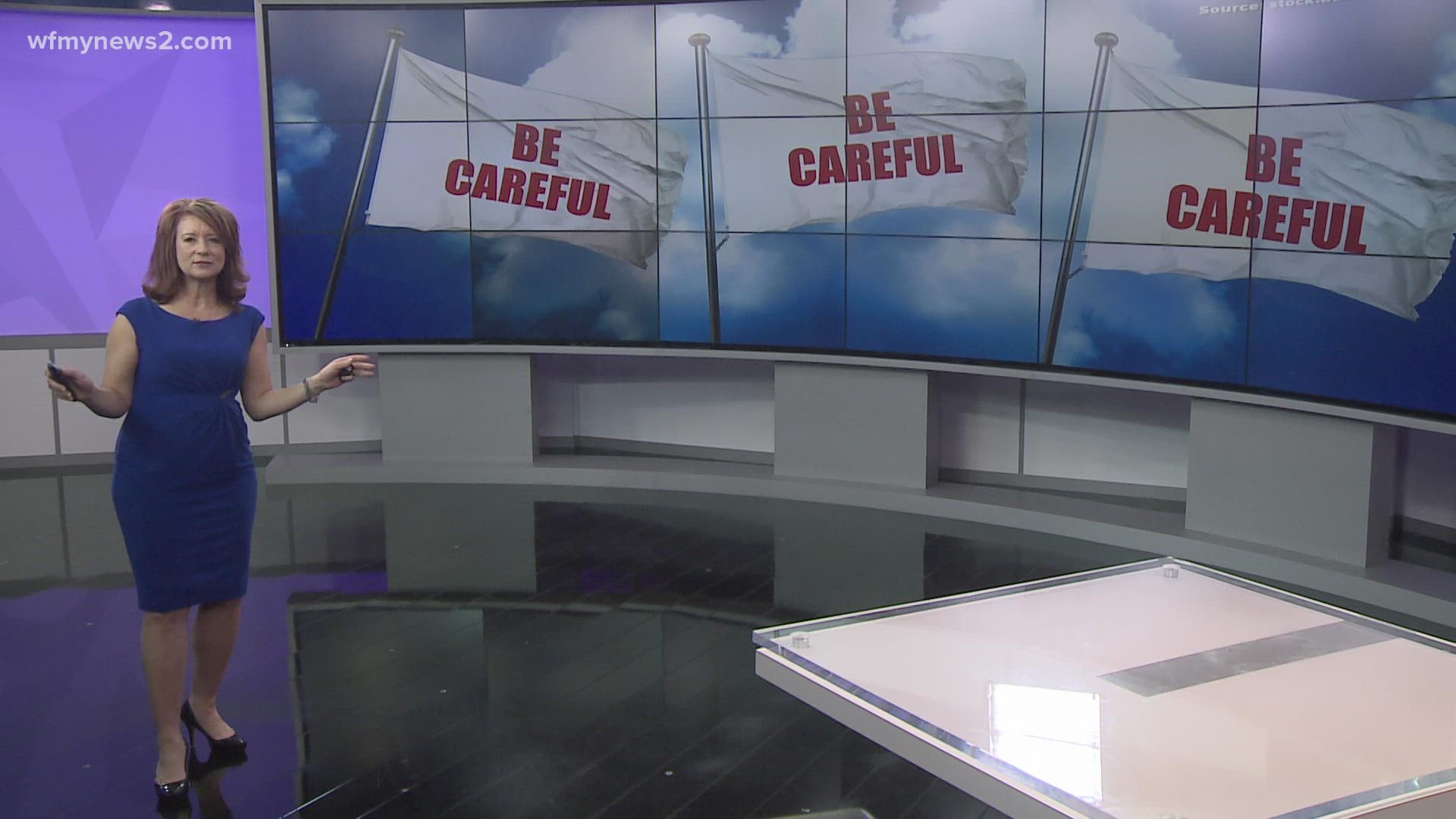GREENSBORO, N.C. —
Be careful. You've been told these words. You've said these words. Be careful becomes like white noise, you hear it and ignore it. The problem isn't with the person hearing it, it's with the person saying it.
“Sometimes we have to label what we're actually saying. You might need to take a pause to check yourself and ask yourself what message am I trying to convey? Am I trying to say stay safe, am I trying to say check what you're saying,” said Psychotherapist Nannette Funderburk.
For a teenager, it may be you’re trying to tell them to be careful with that tone of voice they’re using. For a little one, it may be, be careful, if you touch that it's hot and will burn you.
The bottom line, we need to be more specific in what we're saying and also in how we say it.
“When your be careful is filled with anxiety, you've now transferred that to the other person. If it's a little kid they don't know what to do with that, teens don’t know what to do with it either and us as adults, what are we doing with it when we feel that anxiety,” said Funderburk.
That anxiety can take our focus off of the situation and cause us to do something that will actually make it worse.
Sometimes, all you can get out is a quick be careful. What then? Nannette says to use it as a teachable moment.
“You can also ask them, what do you think I meant when I said be careful? They might surprise you and get it and some will have a totally different idea of what you meant,” said Funderburk.

